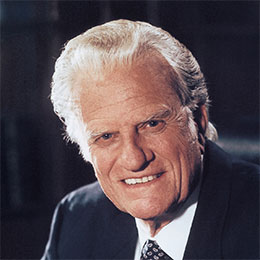How to Perform CPR: A Lifesaving Guide for Beginners
Published in Health Articles
In an emergency, every second matters-and knowing CPR can be the difference between saving a life or losing one. This vital skill is not limited to doctors or nurses; anyone, from students to parents to co-workers, can step in and make an impact. Imagine having the confidence to act in a critical moment, keeping a loved one or even a stranger alive until help arrives.
CPR is not just a medical technique; it’s a powerful tool that enables ordinary people to protect and preserve life. By learning it, you’re not just preparing for emergencies; you’re giving yourself the chance to be a hero when it counts most. Keep reading to discover why CPR is a life skill everyone should have and how it can truly change the outcome of any emergency.
The Importance of CPR
Understanding CPR is the first step to saving lives, as it keeps oxygen moving to the heart and brain during emergencies. Without it, brain damage can happen within minutes, making quick action critical. Performing CPR can more than double a person’s chance of survival until medical help arrives.
Mastering the Basics of CPR
Performing CPR requires following clear steps that anyone can learn with practice. First, always check that the area is safe and confirm the victim is unresponsive and not breathing. Once confirmed, call emergency services right away or instruct someone nearby to do so.
Then, initiate chest compressions by positioning your hands in the middle of the chest. Push down hard and fast to a depth of roughly 2 inches, aiming for a frequency of 100 to 120 compressions each minute. After performing compressions, open the airway by tilting the head back and elevating the chin, then provide two rescue breaths while observing for chest movement. Keep performing cycles of 30 chest compressions and 2 breaths until help from professionals or an AED arrives.
Hands-Only CPR
Hands-only CPR is a practical and effective alternative for individuals who are untrained or hesitant to perform rescue breaths. By focusing exclusively on chest compressions, this method provides critical circulation to adult victims of sudden cardiac arrest and greatly reduces delays in response. Its simplicity encourages immediate action-the deciding factor in emergencies between life and death.
When and How to Use an AED
Automated External Defibrillators (AEDs) are crucial in cardiac emergencies because they check the heart’s rhythm and give a shock if needed. These portable devices are user-friendly and deliver clear voice instructions to guide rescuers. Using an AED quickly can greatly increase a person’s chance of survival.
Take the Next Step: Get CPR Certified
This guide gives you the basics of CPR, but official certification helps you gain stronger skills and deeper knowledge. Trusted groups like the American Heart Association and the Red Cross offer training that prepares you for real emergencies. To learn more about getting certified, visit Cprcertificationnow.com.
Lifesaving Guide: Be Ready to Save a Life
CPR is more than a skill-it’s a responsibility that can turn an ordinary person into someone’s lifeline. Emergencies strike without warning, and being prepared gives you the power to act when it matters most. Don’t wait for the unexpected to catch you off guard.
Now is the time to learn CPR and gain the confidence to protect those around you. For more lifesaving guide and practical tips, explore the rest of our blog.























Comments